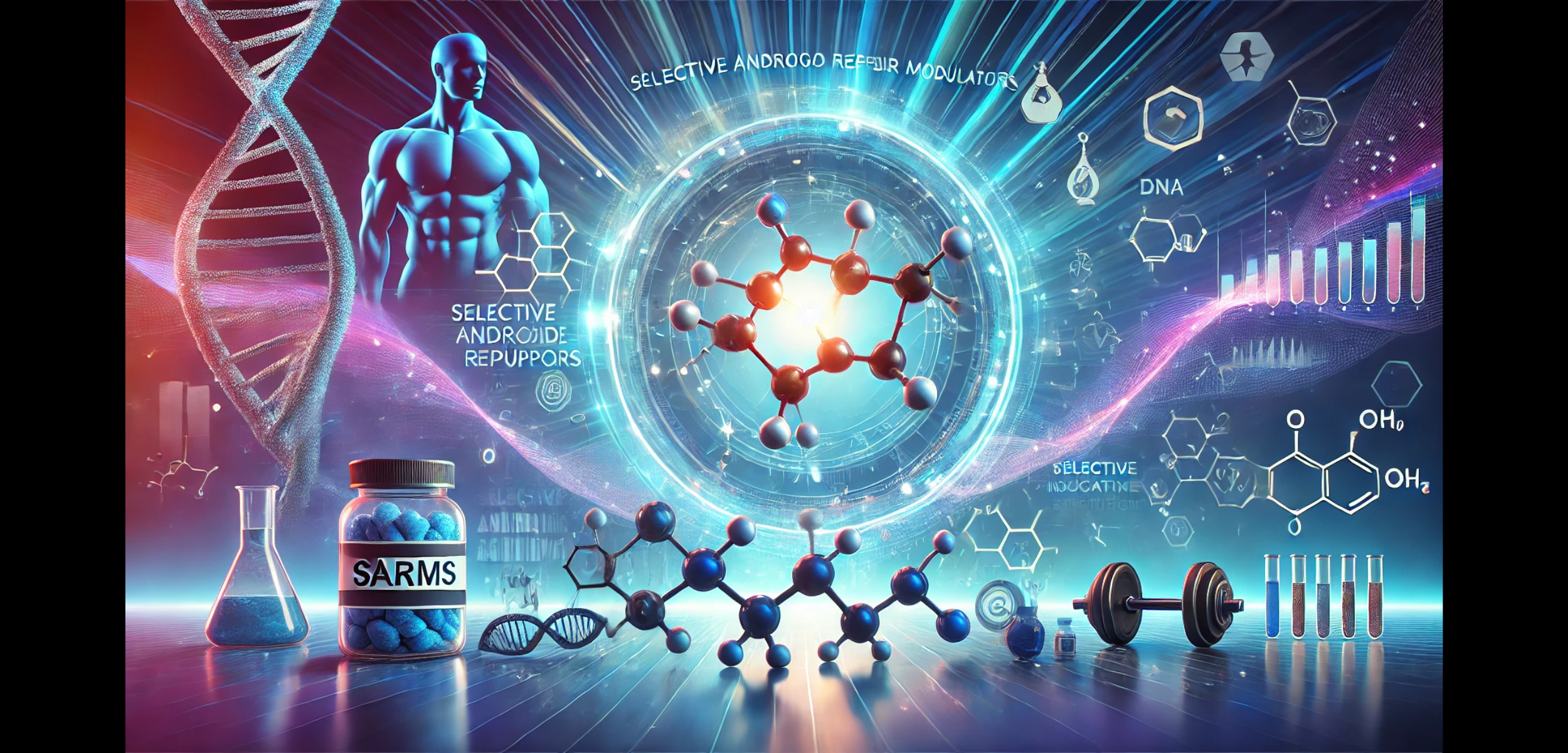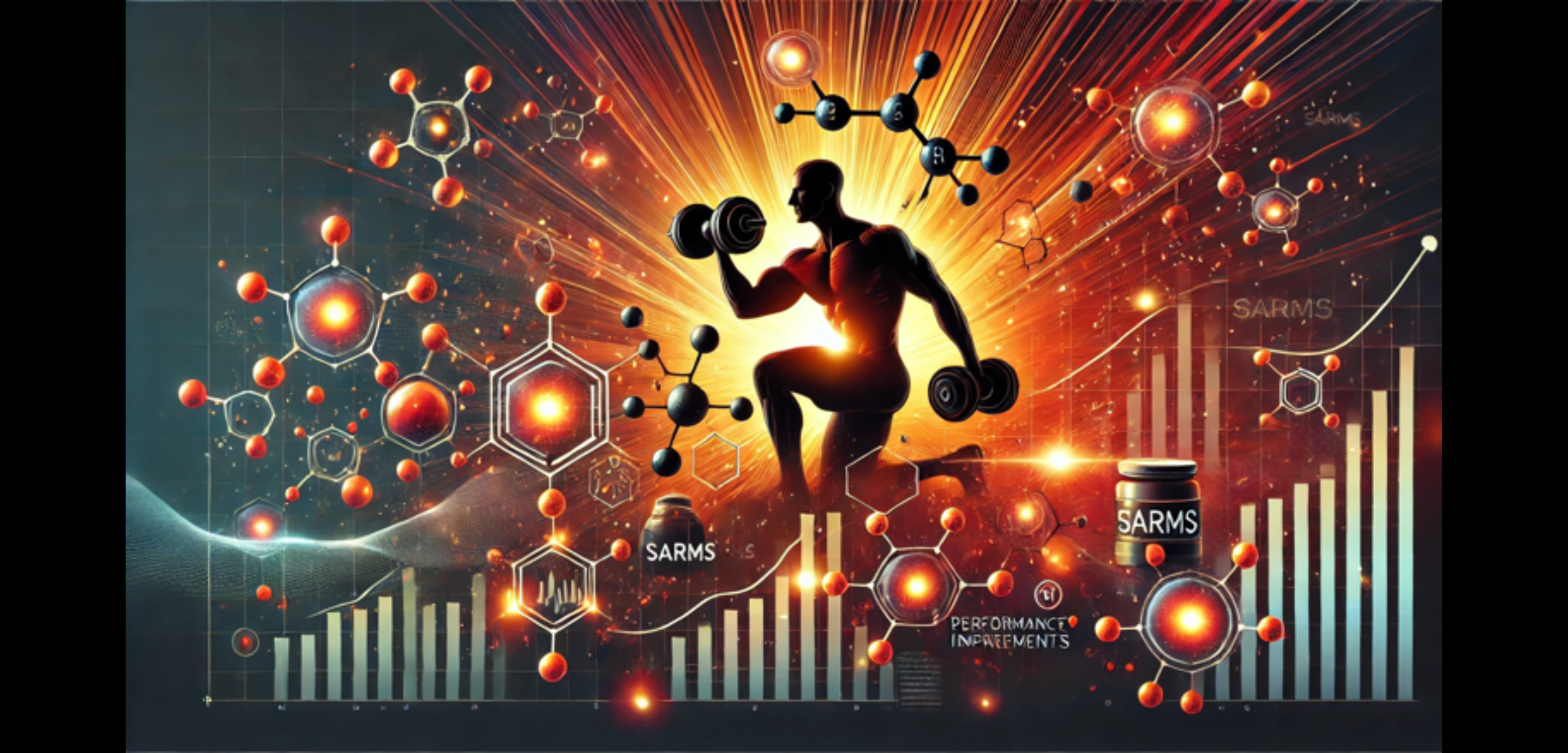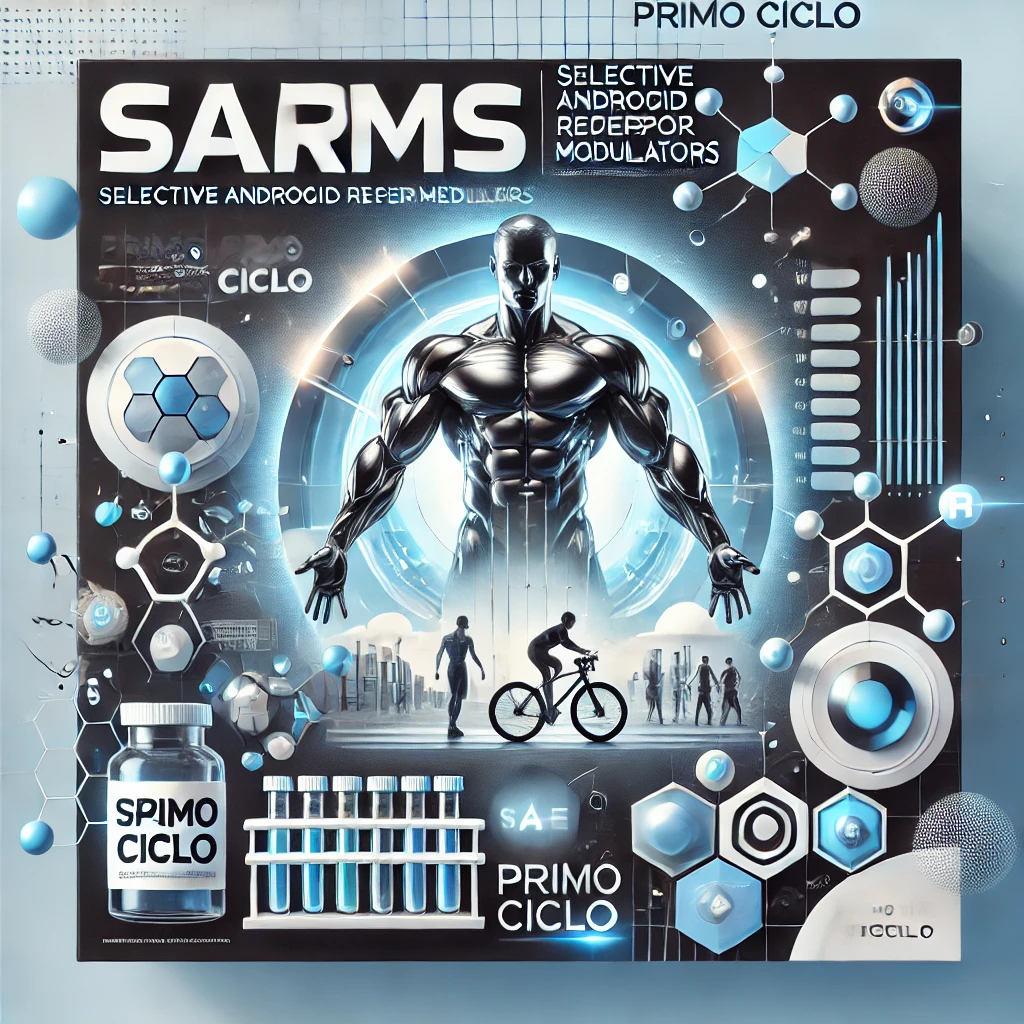In the world of fitness, bodybuilding, and medical research, a new class of molecules
has gained widespread attention: Selective Androgen Receptor Modulators, better known as SARMs.
These compounds promise the anabolic benefits of traditional steroids—like muscle growth and improved bone density—but without the severe side effects.
Despite their growing popularity, SARMs remain shrouded in confusion and controversy.
What are they? How do they work? Are they safe?
And most importantly, what’s the legal and ethical landscape surrounding their use?
In this article, we’ll explore the history, science, benefits, risks, and legal status of SARMs.
We’ll also discuss why Alkemya, a trusted name in the field, is the safest choice for those looking to explore these compounds.
The History of SARMs: From Discovery to Breakthrough
The Early Days of Androgen Research
The journey of SARMs began in the mid-20th century, when scientists began exploring the effects of androgens—hormones like testosterone—on the human body.
Testosterone, as the primary androgen, was found to play a vital role in regulating muscle growth, bone health, and tissue repair.
By the 1930s, anabolic steroids were synthesized to treat conditions like muscle wasting and osteoporosis. While these steroids were effective, their non-selective nature quickly became apparent.
They activated androgen receptors throughout the body, not just in muscles and bones, leading to a range of unwanted side effects, including prostate enlargement, liver damage, and cardiovascular issues.

Professor James T. Dalton and the SARMs Breakthrough
Fast forward to the 1990s, when Professor James T. Dalton, a pharmacologist at the University of Tennessee, revolutionized the field of androgen research.
Dalton was investigating treatments for prostate cancer when he discovered a compound called Andarine (S-4).
What made Andarine unique was its ability to selectively bind to androgen receptors in muscle and bone tissue while sparing other tissues, such as the liver and prostate.
This selectivity eliminated many of the side effects associated with anabolic steroids.
Building on this discovery, Dalton went on to develop Ostarine (MK-2866), a second-generation SARM aimed at combating muscle wasting in cancer patients.
His groundbreaking work demonstrated that it was possible to isolate the anabolic benefits of androgens without triggering their androgenic side effects.
Today, Dalton is widely regarded as the father of SARMs, and his research continues to inspire the development of more advanced compounds.
The Evolution of SARMs
Following Dalton’s discoveries, pharmaceutical companies began developing SARMs tailored to specific medical needs. Key advancements include:
•RAD-140 (Testolone): A potent anabolic compound designed to address muscle wasting.
•LGD-4033 (Ligandrol): Known for its ability to combat age-related muscle loss and improve bone density.
•S23: A powerful SARM with potential applications in male contraception.
While these compounds were initially intended for medical applications, their ability to promote muscle growth, improve athletic performance, and assist with fat loss quickly made them popular in the fitness and bodybuilding communities.

What Are SARMs and How Do They Work?
SARMs, or Selective Androgen Receptor Modulators, are synthetic compounds that bind selectively to androgen receptors in specific tissues, such as muscles, bones, and tendons.
This selective action is what sets SARMs apart from traditional steroids.
The Science Behind SARMs
Androgens like testosterone exert their effects by binding to androgen receptors, which then activate processes that promote protein synthesis (muscle growth), bone mineralization, and tissue repair.
However, anabolic steroids activate androgen receptors indiscriminately throughout the body, leading to side effects in tissues like the prostate, liver, and heart.
SARMs, by contrast, are engineered to:
•Target muscle and bone receptors specifically, enhancing anabolic activity in these tissues.
•Avoid non-target tissues, significantly reducing the risk of side effects.
Additionally, SARMs are typically taken orally, unlike many steroids that require injections. This makes them more convenient and less invasive.
The Benefits of SARMs: Clinical and Fitness Applications
Medical Benefits
Originally designed for therapeutic purposes, SARMs have shown promise in treating a variety of medical conditions, including:
1. Muscle Wasting (Cachexia): SARMs like Ostarine can prevent or reverse muscle loss in patients suffering from cancer, HIV/AIDS, or other chronic illnesses.
2. Osteoporosis: Ligandrol has demonstrated the ability to increase bone mineral density, offering hope for those at risk of fractures or age-related bone loss.
3. Hypogonadism: SARMs provide a safer alternative to testosterone replacement therapy, targeting muscle and bone tissues without affecting the prostate.
4. Injury Recovery: SARMs accelerate the repair of damaged tissues, making them valuable in post-surgical recovery and rehabilitation.
Benefits in Fitness and Bodybuilding
SARMs are also popular in the fitness world for their ability to:
•Promote lean muscle growth and strength gains (e.g., RAD-140).
•Assist with fat loss, improving body composition (e.g., Cardarine).
•Support recomposition cycles, enabling simultaneous fat loss and muscle gain.
Potential Risks and Side Effects of SARMs
Despite their benefits, SARMs are not without risks. Some of the most common side effects include:
•Testosterone Suppression: SARMs can reduce the body’s natural testosterone production, particularly with compounds like RAD-140 and S23.
•Lipid Profile Alterations: Users may experience increased LDL (“bad cholesterol”) and decreased HDL (“good cholesterol”), raising cardiovascular risks.
•Liver Toxicity: Although less hepatotoxic than steroids, SARMs can still stress the liver, especially at high doses or prolonged use.

Legal Status of SARMs: A Global Perspective
United States
In the U.S., SARMs are not FDA-approved for human consumption. However, they can be legally sold as research chemicals, provided they are labeled “not for human consumption.”
Europe
The legal landscape varies:
•United Kingdom and Netherlands: SARMs can be sold legally for research purposes but not for human use.
•France, Germany, and Italy: SARMs are often classified as illegal for personal use or sale, although enforcement varies.

Why Alkemya Is Your Trusted Source for SARMs
When it comes to SARMs, quality and transparency are paramount.
This is where Alkemya excels:
•Every batch is lab-tested to ensure purity levels above 99%, free from contaminants.
•Products are sold in compliance with local regulations, clearly labeled for research purposes only.
•The brand offers exceptional customer support, discreet shipping, and extensive educational resources.
With Alkemya, you can trust that you’re getting the safest and highest-quality SARMs on the market.






